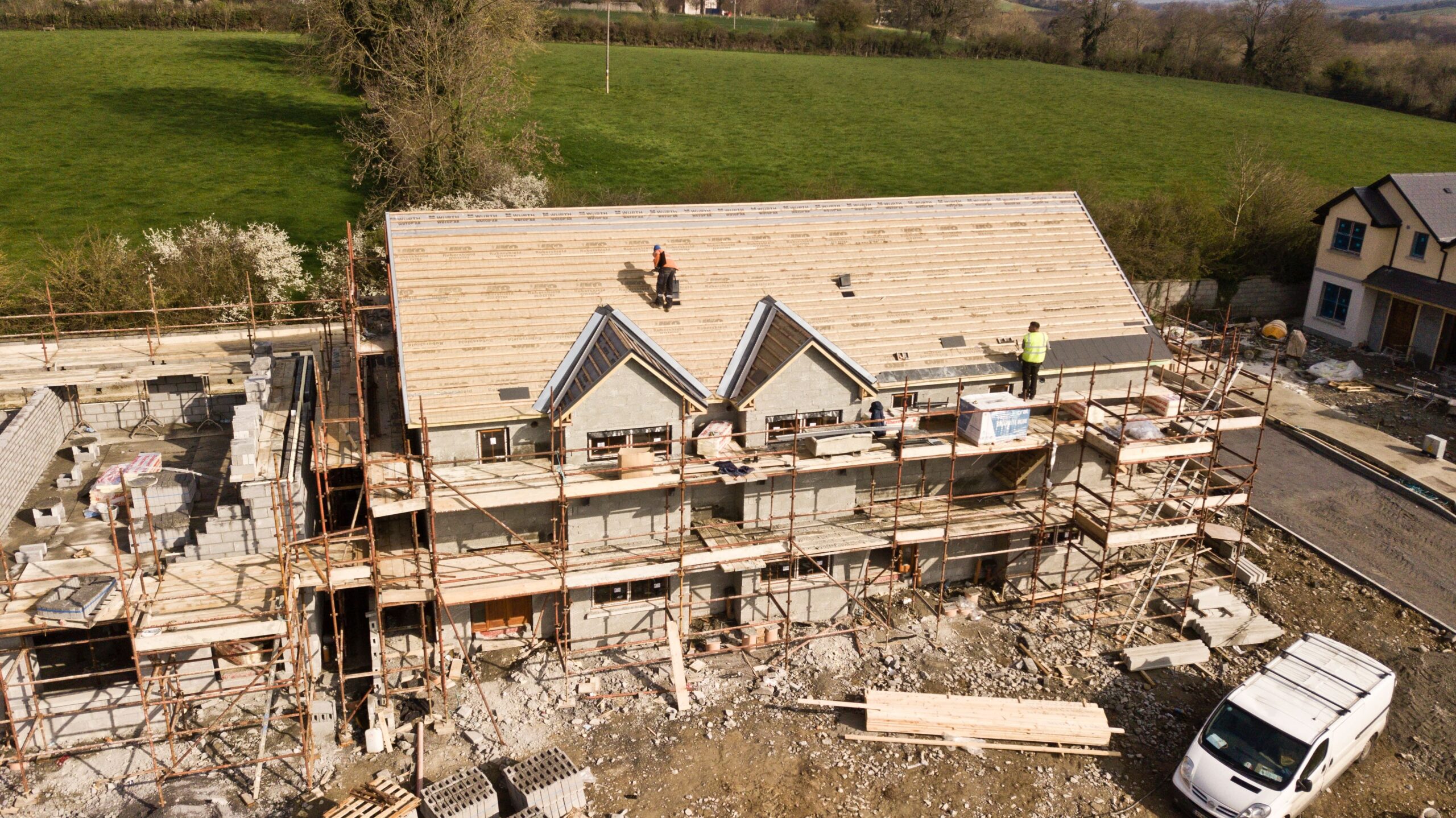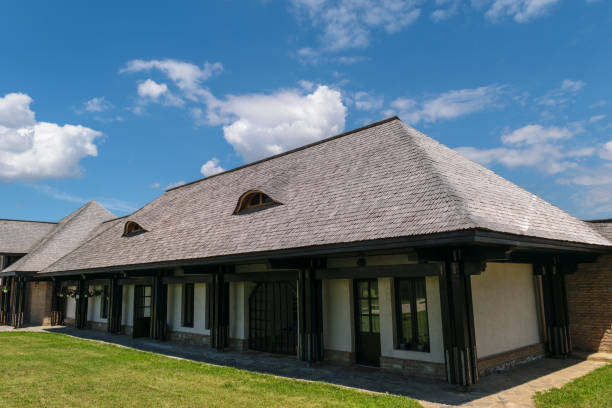Choosing a new roof can be a tiresome process. A vast variety of materials are widely available and deserving of consideration, whether you are constructing from scratch or selecting a new roof for your current house. There are shingles of stone, wood, and plastic, as well as tiles of slate, concrete, and cement. A significant aspect is beauty, but it’s not the only one. Your range can also be influenced by product cost, material weight, and installation specifications. Let dig deep into how you can easily choose a new roof for your home.
Things To Look For When Buying A New Roof
There are many things you need to be very specific about when looking to buy a new roof. Here are some important ones:
-
Terminology Used In Roofing
Let’s talk about words before we talk about materials. The measure of “square feet” is not usually used by roofers. Alternatively, they talk in squares. One square is 100 square feet in area, the size of a 10-foot by 10-foot square.
A square is their fundamental measuring unit. The rooftop of an average 2,000-square-foot two-story house with a gable roof would comprise a roofing area of less than 1,500 square feet or approximately fifteen squares.
-
Cost Of A New Roof
The cost of a new roof would be influenced by a variety of factors. The price of the commodity is the starting point, although it is still important to consider other considerations. If you are remodeling a building, one is the state of the original roof, if old materials have to be taken down, then if the supporting structure needs maintenance, it would all cost money.
Another contributing element when you tend to choose a new roof is the shape of the roof. For basic roofing work, a gable roof with little to no breaks in its planes (like chimneys, vent pipes, or dormers) makes it convenient. It would cost considerably more to roof a house with several chimneys, intersecting rooflines (the convergence points are called valleys), turrets, skylights, or other features.
-
Roofing Materials & Types – Choose A New Roof That Stands Storms
On every roof, not every roofing material can be used. A roof deck or one with a low slope can need a different surface than one with a steeper pitch. Components such as slate and tiles are very heavy, so the construction of many homes is insufficient for the load to be borne. Take the above options into consideration, then speak to the designer and get estimates for the work.
Asphalt
Of all rooftop materials, this is the most widely used, possibly because it is the least costly and takes a lot of ability to build. It is composed of a fiberglass medium infused with asphalt and then supplied with a sand-like granule base. There are two basic configurations sold: the regular range of singular-thickness and thicker, embossed goods. The regular style costs almost twice as much, but the textured look of laminated shingles is attractive and lasts nearly half as long (usually 25 years or longer, vs 15 years plus). Prices start at around $50 a square but can reach several times that, depending on the type of shingle chosen and the installation.
Wood
For decades, wood was the key alternative, and it’s still a good one, although fire codes prohibit its use in certain places. Shingles are generally made of cedar, redwood, or southern oak, sawn or cut. In the 25-year range, they have a life expectancy (like asphalt shingles) that cost an average of twice as much.
Metal
Both tough and pricey roofing surfaces are aluminum, concrete, zinc, copper-and-asphalt, and lead. Usually, lead and the copper/asphalt variants are used as shingles, but some are made for seamed roofs composed of vertical metal lengths that are joined with solder. Such roofs start at around $250 a square, and they often cost two to three times that.
Other popular roofing materials include tile, cement, and slate. For a detailed consultation call us directly.
-
Choosing The Right Roofing Material
Often, the current roof of your house will decide the preference of roofing material if you are remodeling. If you choose other choices, you may want to find not just the expense of the alternatives, but also the color, texture, weight, and longevity, as well as what has historically been used for houses like yours.
-
Final Installation Tips
You would definitely require flashing, whatever the option of roofing surface. Flashing, both on the rooftop and siding, is a vital feature of all exterior work. Flashing is a film of metal (aluminum or copper, often lead) or plastic. It is extended to places where various materials adjoin in strips. Such as the junction of the masonry ceiling and the shingles of the roofing. Here, the siding abuts the window frames, and so on.
In order to maintain a system watertight, good flashing work is important, since the most probable location for leakage to occur is where various materials meet. I hope this guide has proved to be enough when you try to choose a new roof for your home.
Get The Best Roofing Service in Cape Cod
It is highly recommended to contact an expert roofer like Corey & Corey for all your roofing needs in Cape Cod. Call us at 508-775-8240.




